It’s a word we hear so much that there’s hesitancy in writing it too soon in this article, but biodiversity is all around us.
As we hear more about the biodiversity crisis, it is important that we show the biodiversity on farms and the work being done – and that needs to be done – to protect and promote biodiversity.
The Farmer’s Wildlife Calendar: Climate Tracker is an initiative tracking nine key annual events on Irish farms to see how they are being affected by climate change.
The calendar aims to gather records from Irish farms for the first occurrence of seasonal events.
For example, when swallows appear or blackthorns flower. This information can then be used by the National Biodiversity Data Centre to see what effect weather has had on wildlife and how climate change is affecting timing in nature.
It can also help us to become more aware of the wildlife around us.
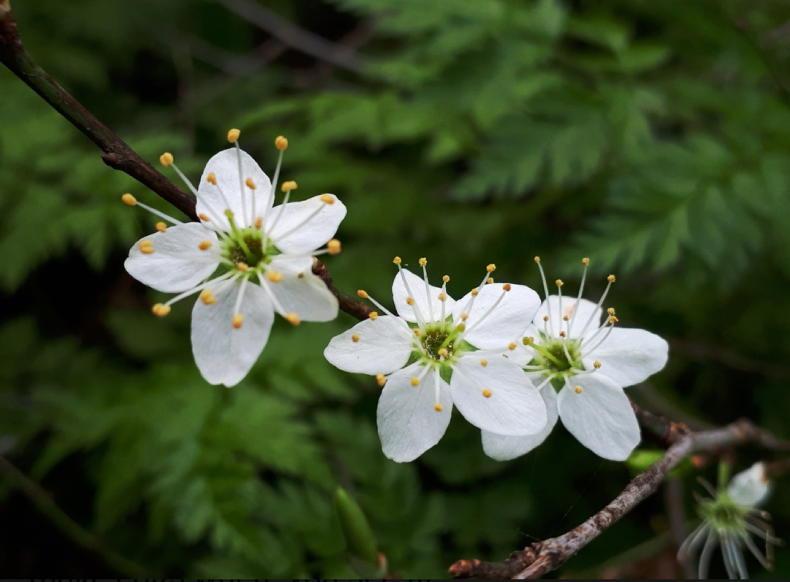
Blackthorn flower.
What can you do?
The National Biodiversity Data Centre wants farmers to record wildlife events. It states on its website that: “Farmers are very familiar with their land and are in a great position to send accurate records of the first occurrence of these events. Over years, we will be able to estimate the effects of climate change on these events.”
The nine key annual events and things to look out for are as follows:
Frog spawn (which will happen from early spring).Primrose flowers.Blackthorn flowers.Orange-tip butterfly.Grey mining bee.Large red damesfly.Marsh marigold.Swallows.Common cuckoo.It is important that you record the first appearance of these seasonal events and note the date and location of the species. You can record one or all of these events if you see them on your farm.
A record card and identification card are available on the National Biodiversity Data Centre’s website.
The data will then be inputted into a live observation map on the website, and users will be able to slide through different seasons and see if changes are occurring in appearance timing.
It is important to note that the location of the sighting will not be detailed. The sighting will be shown on a small-scale national map, but will not identify specific farms.
The aim of the map is to see if there are significant difference in timings of natural events once plotted on the map. It is not to identify the location of species.
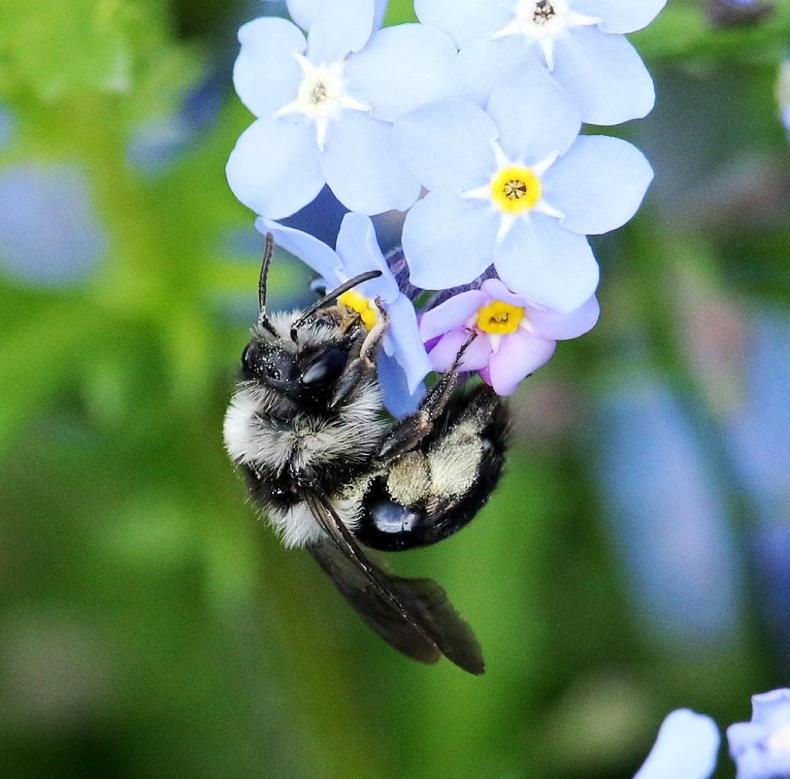
Grey-mining bee.
Keep an eye on the National Biodiversity Data Centre’s social media pages for hints on when these events might be about to occur.
Frog spawn might be visible in some areas at this time of the year, while blackthorn flowers may be delayed because of the recent cold spell.
The key is to keep an eye out to see if anything occurs later or earlier than usual.
The initiative is also one that might be of interest to those taking an extra walk during lockdown or those home-schooling children who need a break from the books.
Taking a walk and keeping an eye out for these events can create better awareness of the wildlife around us all.
Stick the identity card and the scorecard on the fridge and note the date when you see a species on the farm for the first time in the season.
Safety first
Of course, if children are going out on the farm to look out for a primrose flower or a swallow, they should be supervised by an adult and should not go near water to look for things such as frog spawn without an adult.

It’s a word we hear so much that there’s hesitancy in writing it too soon in this article, but biodiversity is all around us.
As we hear more about the biodiversity crisis, it is important that we show the biodiversity on farms and the work being done – and that needs to be done – to protect and promote biodiversity.
The Farmer’s Wildlife Calendar: Climate Tracker is an initiative tracking nine key annual events on Irish farms to see how they are being affected by climate change.
The calendar aims to gather records from Irish farms for the first occurrence of seasonal events.
For example, when swallows appear or blackthorns flower. This information can then be used by the National Biodiversity Data Centre to see what effect weather has had on wildlife and how climate change is affecting timing in nature.
It can also help us to become more aware of the wildlife around us.

Blackthorn flower.
What can you do?
The National Biodiversity Data Centre wants farmers to record wildlife events. It states on its website that: “Farmers are very familiar with their land and are in a great position to send accurate records of the first occurrence of these events. Over years, we will be able to estimate the effects of climate change on these events.”
The nine key annual events and things to look out for are as follows:
Frog spawn (which will happen from early spring).Primrose flowers.Blackthorn flowers.Orange-tip butterfly.Grey mining bee.Large red damesfly.Marsh marigold.Swallows.Common cuckoo.It is important that you record the first appearance of these seasonal events and note the date and location of the species. You can record one or all of these events if you see them on your farm.
A record card and identification card are available on the National Biodiversity Data Centre’s website.
The data will then be inputted into a live observation map on the website, and users will be able to slide through different seasons and see if changes are occurring in appearance timing.
It is important to note that the location of the sighting will not be detailed. The sighting will be shown on a small-scale national map, but will not identify specific farms.
The aim of the map is to see if there are significant difference in timings of natural events once plotted on the map. It is not to identify the location of species.

Grey-mining bee.
Keep an eye on the National Biodiversity Data Centre’s social media pages for hints on when these events might be about to occur.
Frog spawn might be visible in some areas at this time of the year, while blackthorn flowers may be delayed because of the recent cold spell.
The key is to keep an eye out to see if anything occurs later or earlier than usual.
The initiative is also one that might be of interest to those taking an extra walk during lockdown or those home-schooling children who need a break from the books.
Taking a walk and keeping an eye out for these events can create better awareness of the wildlife around us all.
Stick the identity card and the scorecard on the fridge and note the date when you see a species on the farm for the first time in the season.
Safety first
Of course, if children are going out on the farm to look out for a primrose flower or a swallow, they should be supervised by an adult and should not go near water to look for things such as frog spawn without an adult.








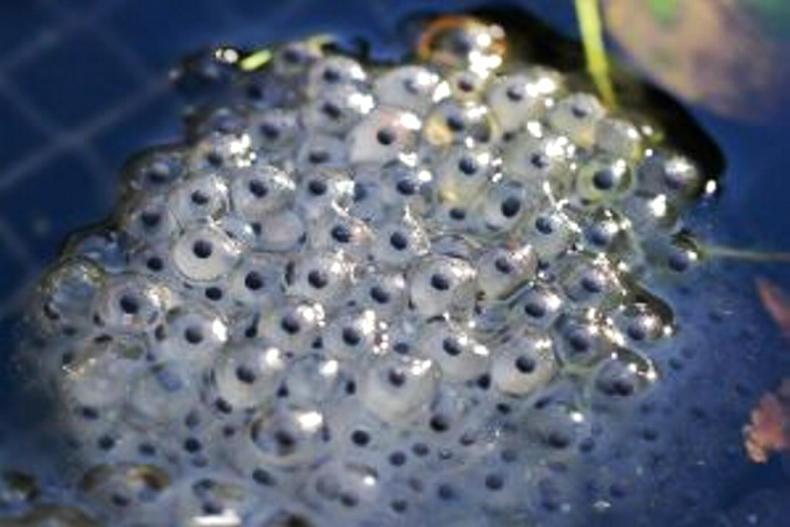
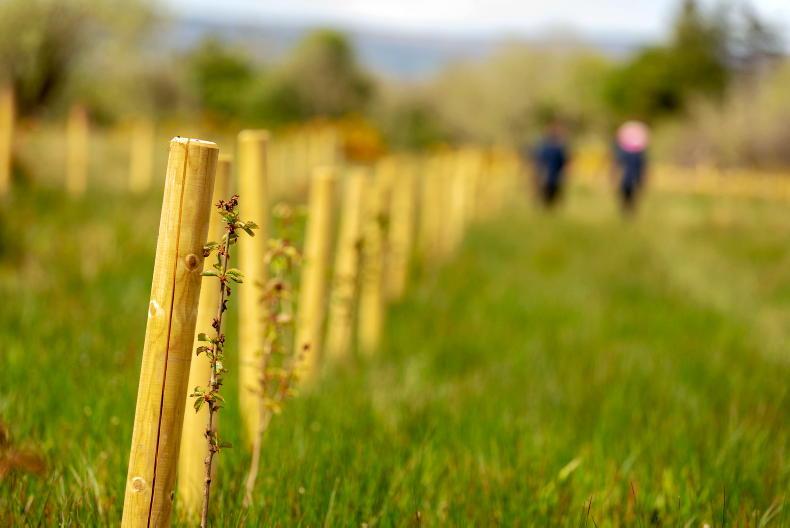
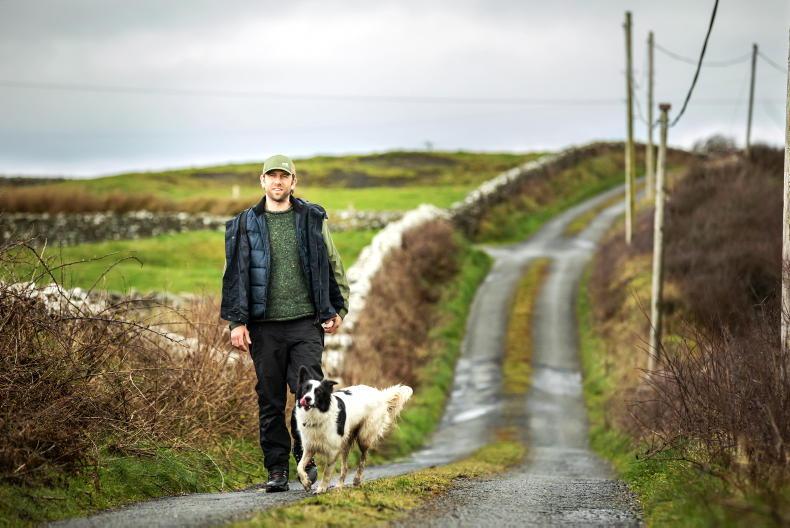
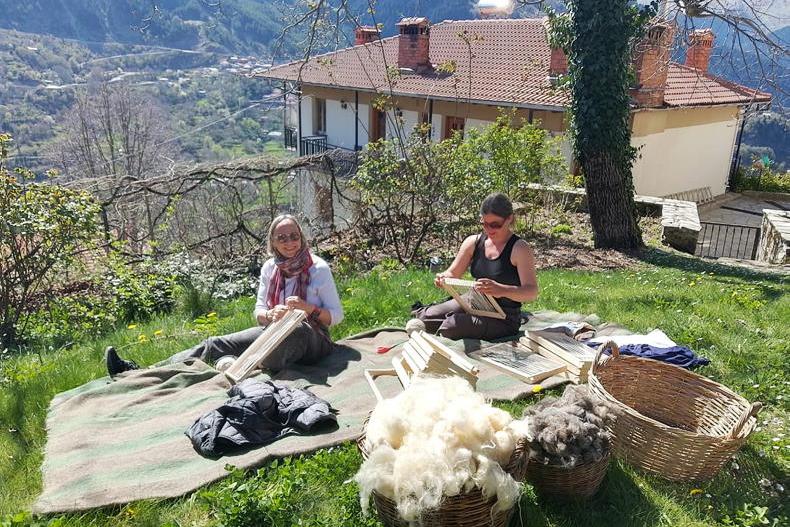
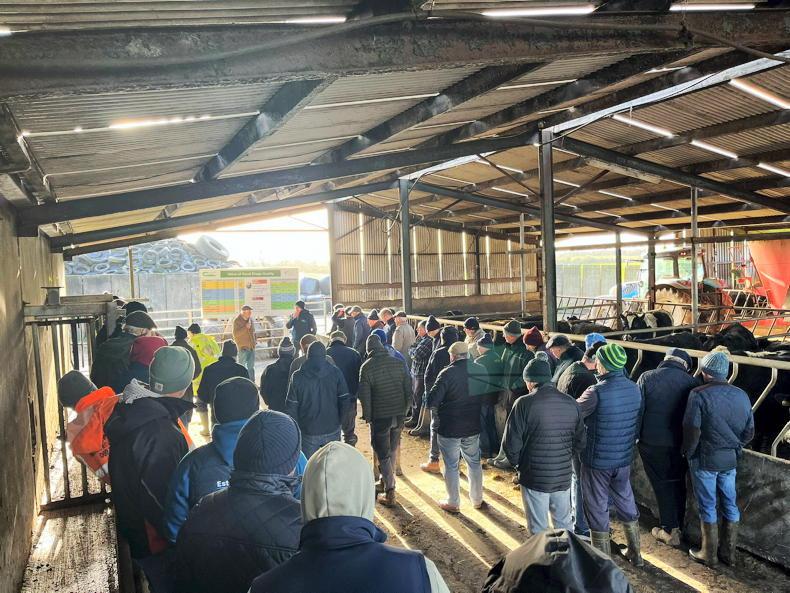
SHARING OPTIONS